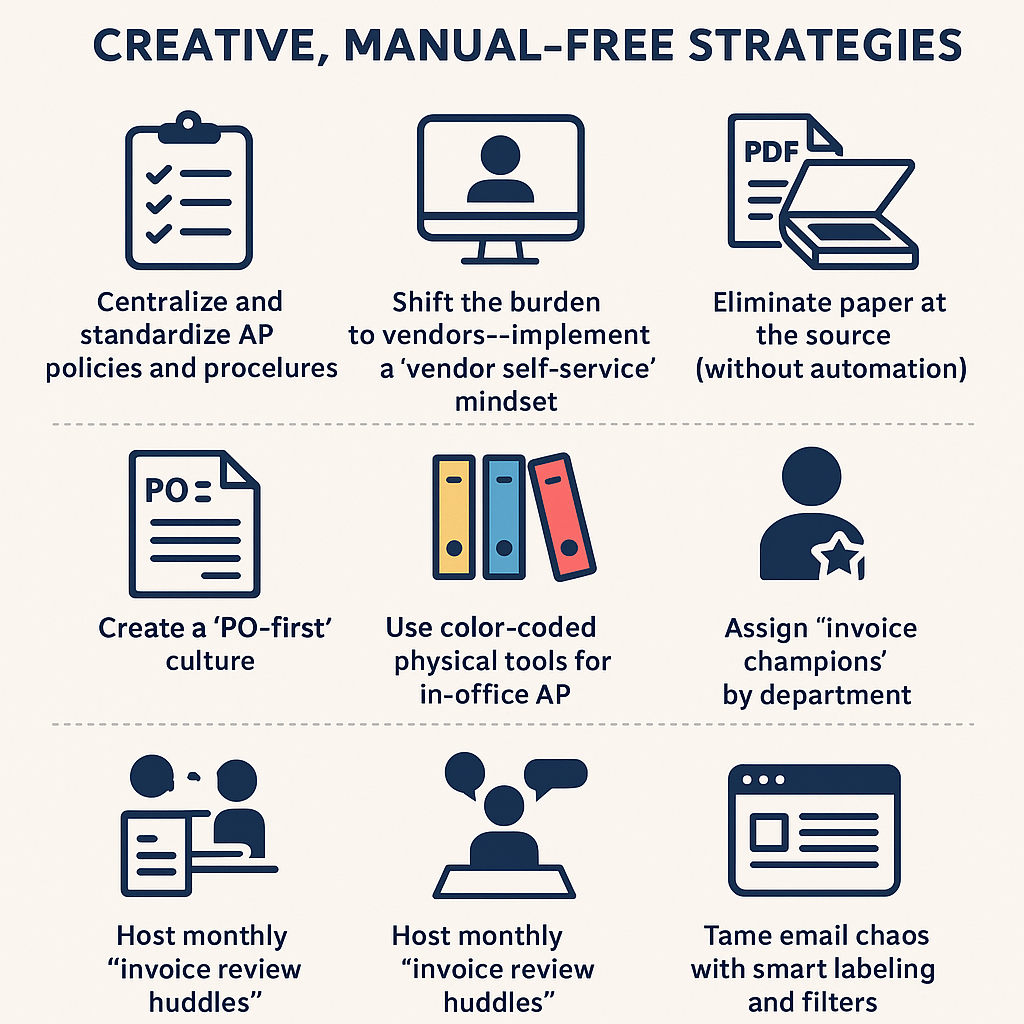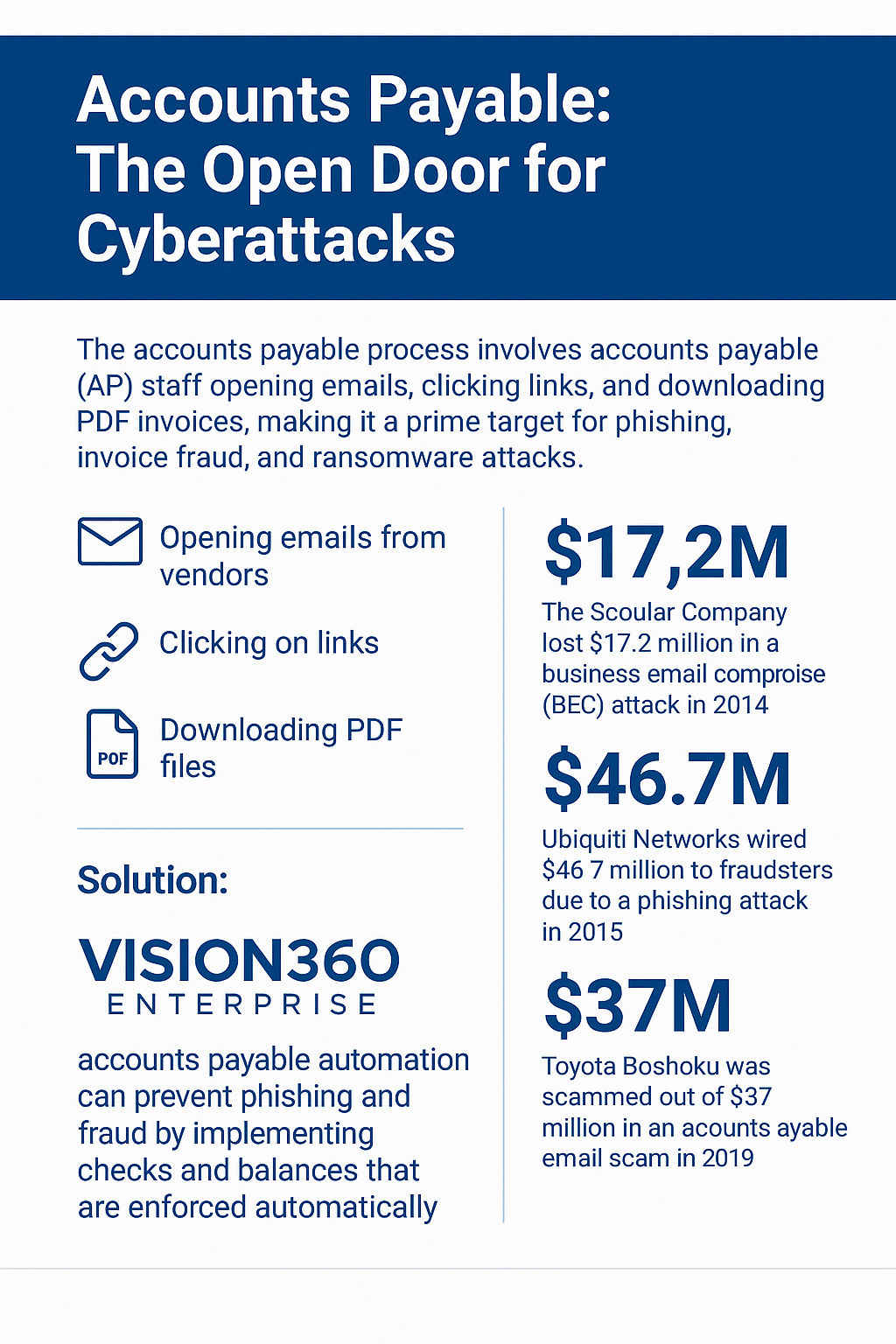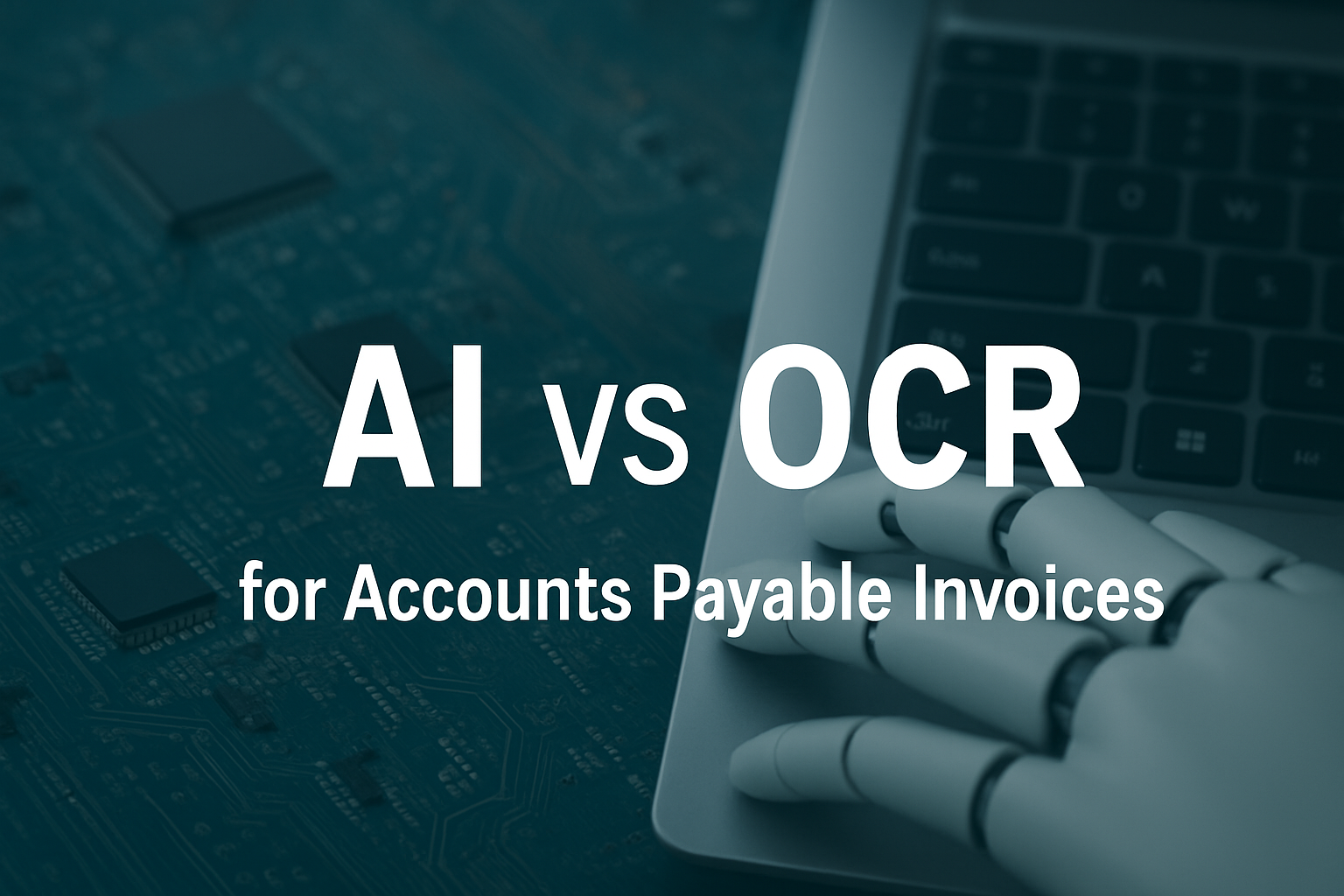18 Ways to Streamline the Accounts Payable Process Without Using AP Automation

18 Ways to Streamline the Accounts Payable Process Without Using AP Automation
The accounts payable (AP) process is essential to maintaining smooth business operations, but inefficiencies can result in delayed payments, strained supplier relationships, and increased operational costs. While AP automation tools offer significant advantages, many businesses can still streamline their AP process without relying on automation software. By implementing manual methods, optimizing workflows, and adopting best practices, organizations can improve efficiency, reduce errors, and save time in their accounts payable function.
Here are 18 ways to streamline your AP process without the need for automation:
1. Centralize Invoice Management
One of the most effective ways to improve the efficiency of your accounts payable process is to centralize invoice management. In many organizations, invoices are often sent to different departments, making it difficult to track and manage payments effectively.
By establishing a single point of contact or a central system for receiving and storing invoices, you can ensure that they are reviewed, approved, and paid in a timely manner. This centralized approach also reduces the risk of duplicate payments and errors, improving overall accuracy.
2. Encourage Vendors to Email Invoices
If your company deals with a high volume of suppliers, consider allowing suppliers to directly submit their invoices via email. While this is a form of digitization, it doesn’t necessarily require complex automation systems. This will significantly cut down on the amount of mail handling and paper invoices that require organizing and filing. A simple, centralized email address for submitting invoices ensures that all invoices are received and not lost.
3. Standardize Invoice Formats and Approval Processes
Establishing clear guidelines and standardized formats for invoices is essential for reducing processing time. Encourage your suppliers to use a uniform invoice format that includes all necessary details, such as the purchase order number, correct billing information, and clear payment terms. Standardized invoices are much easier to process quickly and accurately.
Additionally, implementing a structured approval process, where each invoice is checked by the appropriate department before payment, can help streamline operations. This reduces bottlenecks and ensures that invoices are processed according to company policies.
4. Implement a Payment Schedule
Setting up a standardized payment schedule can help streamline the accounts payable process. By grouping similar payment dates and sticking to a pre-determined payment cycle, your team can allocate resources efficiently, avoid rushing to meet last-minute deadlines, and ensure that suppliers are paid on time.
A regular schedule allows your team to plan and manage cash flow better, reducing the likelihood of missed or delayed payments. It also helps to negotiate better terms with suppliers, such as early payment discounts or extended payment deadlines.
5. Negotiate Payment Terms with Suppliers
Negotiate favorable payment terms with your suppliers to improve cash flow management. By extending payment terms, you can free up cash for other business needs. Conversely, negotiating early payment discounts (e.g., a 2% discount for paying within 10 days) can reduce costs and provide savings over time.
Keep an open line of communication with your suppliers, letting them know when payments will be made and asking if there are ways to optimize payment terms. With clear agreements in place, the AP team can work more efficiently and avoid unnecessary delays.
6. Use Purchase Orders (POs) to Improve Invoice Accuracy
Implementing a robust purchase order system helps prevent discrepancies between what was ordered and what was invoiced. By requiring all purchases to be matched with a purchase order (PO), you create a more transparent and organized process. When suppliers send invoices that are linked to purchase orders, it’s easier for your team to verify amounts, quantities, and pricing, reducing the chances of overpayment or fraud.
Ensure that all invoices are cross-referenced with the corresponding PO and receipt of goods or services to verify the accuracy before approval and payment. This practice improves efficiency and reduces time spent on invoice disputes.
7. Implement a "2- or 3-Way Match" System
A 2- or 3-way match process is an important control measure to ensure that the payment amounts are accurate. A 2-way match involves comparing the invoice to the purchase order (PO), whereas a 3-way match adds a verification step by matching the invoice with the purchase order and the goods receipt note (GRN).
This matching process reduces errors caused by discrepancies between what was ordered, received, and billed. It ensures that invoices are legitimate and properly reflect the terms agreed upon, thereby reducing mistakes and payment delays.
8. Create a Payment Approval Matrix
Establishing a payment approval matrix helps define the hierarchy of authority for invoice approvals. This ensures that invoices are reviewed by the correct personnel, reducing the chances of unauthorized or duplicate payments. The matrix can be set up according to payment size, department, or type of invoice.
By creating predefined approval workflows, you can ensure that payments are processed quickly and that there are no bottlenecks or confusion over who should approve which payments. Having clearly defined approval levels also reduces the risk of fraud or payment mistakes.
9. Adopt a Payment Calendar
Create a Payment Schedule: Develop a payment calendar that outlines all payment due dates. This helps you manage cash flow, avoid late payments, and keep track of upcoming bills without missing any deadlines. Batch Payments: Where possible, group payments by due date or vendor to reduce the number of individual transactions you need to process.
10. Set Up Vendor Communication Reminders
Regular communication with suppliers is crucial for keeping the AP process efficient. Setting up regular reminders to communicate with your vendors—especially those with long payment terms or frequent invoices—can help prevent misunderstandings and ensure timely payments.
For example, you can send reminders about upcoming payments or verify payment terms. In turn, this helps to avoid late fees, foster strong supplier relationships, and create a more predictable cash flow cycle.
11. Use Early Payment Discounts Strategically
Many suppliers offer early payment discounts, such as a 2% discount for payments made within 10 days. By actively taking advantage of these discounts, you can reduce your overall expenses. Even without automation, you can streamline the AP process by prioritizing these early payments and paying invoices as soon as possible to benefit from the discount.
Having a clear strategy for which invoices to pay early can help you balance savings with cash flow needs. You can establish a priority payment list based on the payment terms offered by your suppliers, ensuring that discounts are maximized without straining liquidity.
12. Outsource AP Functions or Use a Third-Party Provider
For businesses that struggle with a high volume of invoices or don’t have the capacity to dedicate in-house resources to AP tasks, outsourcing some of the AP functions can improve efficiency. By engaging a third-party provider or outsourcing AP tasks such as invoice processing, reconciliation, or payment management, businesses can ensure that invoices are handled promptly without the need for in-house automation.
Outsourcing can be a cost-effective solution, especially if you don't have the volume to justify the use of AP automation software but still want to improve the process.
13. Encourage E-Invoicing with Suppliers
Encouraging suppliers to send invoices electronically (in a standard format like PDF or EDI) instead of paper-based invoices can significantly reduce the time spent manually entering data. E-invoicing is faster and eliminates the risk of data entry errors that often occur with paper invoices.
Having digital invoices can also simplify document storage, enabling quicker retrieval and reducing reliance on paper files. By shifting to e-invoicing with key suppliers, you can streamline the processing of incoming invoices, even without automation tools.
14. Consolidate Payments into Fewer Batches
Rather than processing payments on an invoice-by-invoice basis, consider consolidating payments into fewer batches. By grouping similar invoices for payment (for example, paying all invoices due within a certain week), you can streamline the process and reduce the time spent on preparing and processing checks or electronic transfers.
This reduces administrative effort, especially in businesses with multiple small payments. You can also work with suppliers to establish clear payment schedules to help you batch payments more effectively.
15. Consider Leveraging Electronic Payment Methods
Instead of relying on traditional paper checks, which can be time-consuming to prepare, mail, and track, consider shifting to electronic payments such as ACH transfers, wire transfers, or virtual credit cards. These payment methods can help to reduce manual work and improve payment processing time.
Using electronic payments ensures that your transactions are processed faster, with less risk of loss, fraud, or errors. This is particularly important for businesses dealing with a high volume of invoices or international payments.
16. Establish Clear Internal Policies and Deadlines
Clear internal policies related to invoice processing timelines, approval protocols, and payment deadlines can greatly improve the AP workflow. Setting a goal for when invoices should be entered, approved, and paid (e.g., within 24 or 48 hours of receipt) helps ensure that no invoices are left sitting for long periods. Establishing clear deadlines also keeps the process organized, preventing bottlenecks or delays at any point in the workflow.
Setting such policies also creates accountability within the AP team and ensures that everyone is aligned with the same goals for payment efficiency.
17. Perform Regular Audits
Regular audits of your accounts payable process can uncover inefficiencies, prevent errors, and identify areas for improvement. By conducting periodic checks on invoice accuracy, payment timeliness, and vendor relations, you can identify any recurring issues that might require attention.
Auditing also ensures that payments comply with company policies, reducing the risk of fraud and overpayments. It provides a proactive approach to managing the AP process rather than waiting for problems to arise.
18. Train Your Team and Standardize Procedures
Ensuring that your accounts payable team is well-trained and familiar with the company’s AP policies and procedures is key to a smooth process. Standardize workflows and provide team members with clear instructions on how to handle invoices, approvals, and payments. This minimizes confusion and errors, ultimately reducing delays in processing.
Training can also extend to cross-training staff members so that they can cover for one another during absences, ensuring that the AP function runs smoothly even when employees are unavailable.
Conclusion
Streamlining the accounts payable process without automation is entirely achievable with the right set of strategies. From creating clear policies and payment schedules to improving communication with vendors and consolidating payments, there are many methods that can reduce inefficiency and enhance accuracy in the AP department. By focusing on process optimization, improving organization, and promoting consistency, businesses can reduce their reliance on manual work and improve cash flow management, all without the need for complex AP automation systems.









